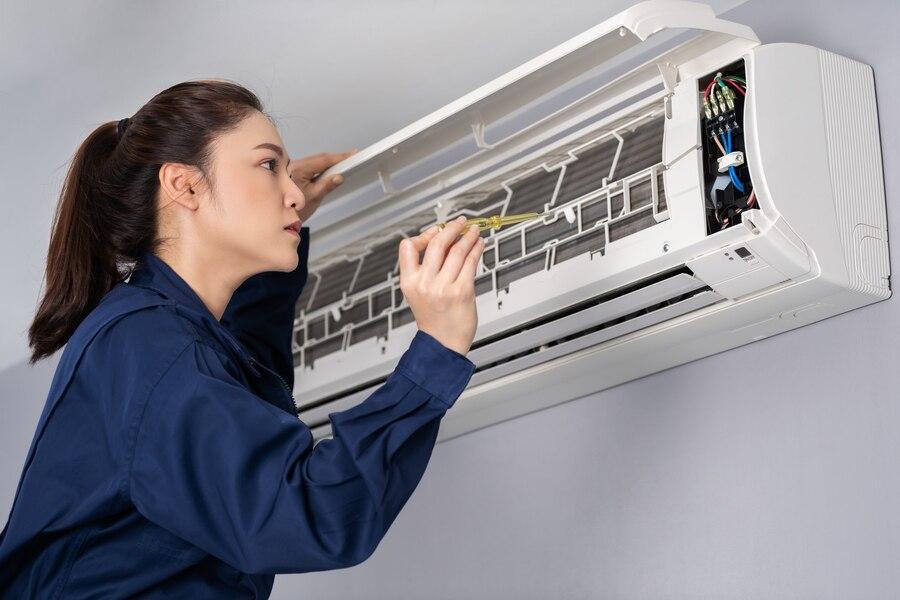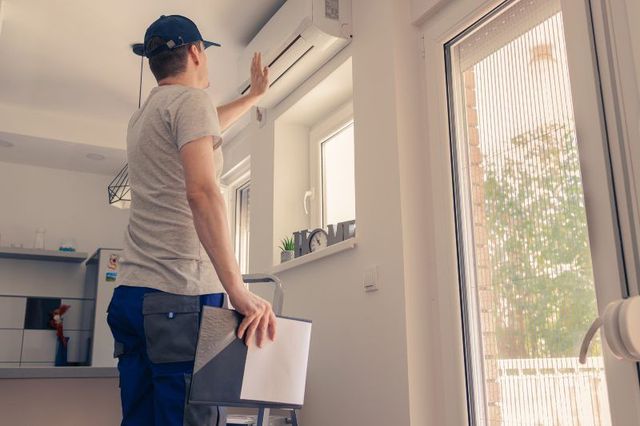In our daily lives, the quality of air we breathe indoors is crucial. Unfortunately, many homeowners and business owners often overlook this aspect, leading to various health and comfort issues. This article focuses on providing valuable air quality and duct odors maintenance tips to help you ensure a pleasant and healthy indoor environment.

Understanding Air Quality
Indoor air quality is influenced by several factors including ventilation, humidity, and the presence of pollutants. Poor indoor air quality can lead to health problems such as allergies, asthma, and respiratory infections. Therefore, maintaining good air quality is essential for the well-being of everyone in the household or office.
Common Causes of Duct Odors
Duct odors can stem from various sources. Understanding these causes can help in effectively addressing the issue:
Mold and Mildew
Mold and mildew growth in ducts is a common cause of unpleasant odors. These fungi thrive in moist environments, such as those found in poorly maintained HVAC systems. For more insights into mold-related duct smells, visit this guide on musty duct smells.
Accumulated Dust and Debris
Over time, dust and debris can accumulate in your HVAC system’s ducts, leading to musty or dusty odors. Regular cleaning is key to preventing these odors from becoming a problem.
Pest Infestation
Rodents or insects nesting in ducts can cause foul odors. This not only affects air quality but also poses health risks.
Maintenance Tips for Improving Air Quality
Here are some essential tips to maintain good air quality and eliminate duct odors:
Regular HVAC Maintenance
Schedule regular maintenance for your HVAC system to ensure it operates efficiently. A well-maintained system is less likely to harbor mold, dust, and pests. For comprehensive maintenance tips, visit preventing duct odors.
Use High-Quality Air Filters
Invest in high-quality air filters and replace them regularly. This helps in capturing dust, pollen, and other pollutants, improving overall air quality.
Control Humidity Levels
Maintaining optimal humidity levels prevents mold growth. Use dehumidifiers if necessary, especially in damp areas of your home or office.
Seal and Insulate Ducts
Ensure that all ducts are properly sealed and insulated to prevent air leaks, which can contribute to energy loss and odor issues.
Addressing Specific Duct Odors
Different odors require different solutions. Here’s how to tackle specific duct odors:
Musty Odors
Musty odors usually indicate mold. Clean and disinfect the affected areas and ensure proper ventilation. For more information, check out removing musty smells.
Burning or Chemical Smells
If you detect a burning or chemical smell, turn off your HVAC system immediately and consult a professional as it may indicate an electrical issue.
Rotten Egg Smell
This smell could indicate a gas leak. Evacuate the premises and contact your gas company immediately.
When to Call a Professional
While some maintenance tasks can be performed by homeowners, others require professional intervention. Consider hiring a professional if:
- You notice persistent odors despite cleaning efforts.
- You suspect mold growth but can’t locate it.
- Your HVAC system is not functioning efficiently.
Conclusion
Ensuring good indoor air quality and maintaining odor-free ducts is crucial for a healthy living and working environment. By following these air quality and duct odors maintenance tips, you can create a more comfortable and safe space for everyone. For further advice, consider reading about troubleshooting AC odors.

FAQs
1. How often should I replace my HVAC air filters?
It’s recommended to replace air filters every 1-3 months, depending on usage and filter type.
2. Can duct cleaning help with allergies?
Yes, duct cleaning can remove allergens like dust and pollen, improving air quality and reducing allergy symptoms.
3. Is professional duct cleaning necessary?
Professional cleaning is beneficial if you notice persistent odors, reduced airflow, or suspect mold or pest infestations.
This article contains affiliate links. We may earn a commission at no extra cost to you.